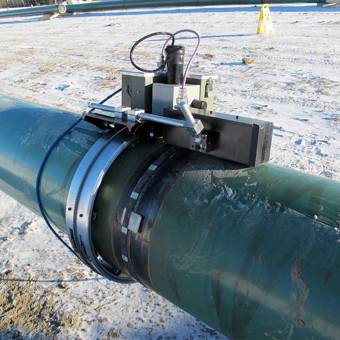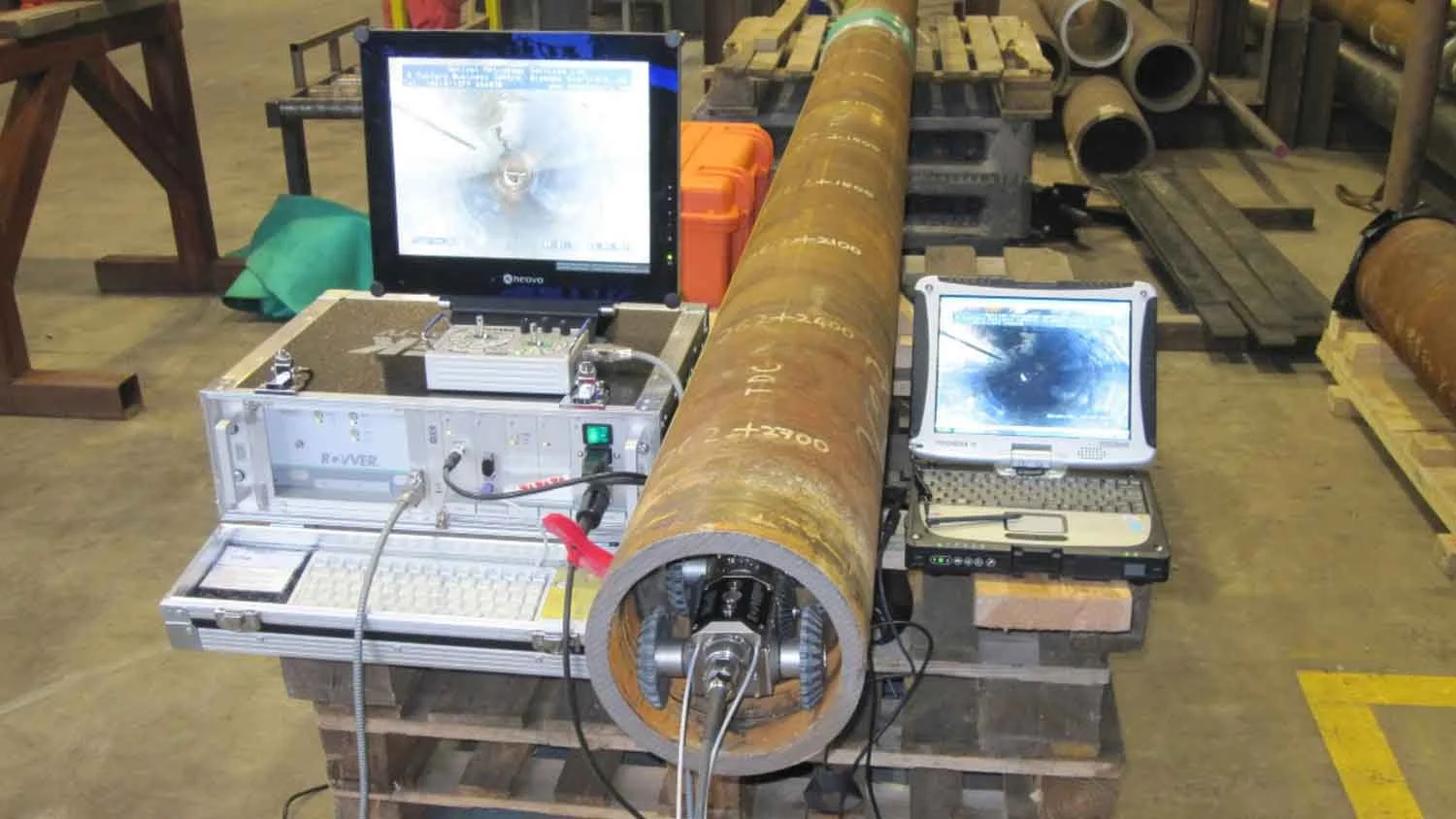Safety And Security First: Comprehensive Pipeline Welding Inspection for every single Task Phase
Safety And Security First: Comprehensive Pipeline Welding Inspection for every single Task Phase
Blog Article
Comprehensive Introduction of Pipe Welding Assessment Treatments
Pipeline welding inspection treatments play a vital role in assuring that bonded connections fulfill rigid industry criteria and specs. From meticulous pre-welding examinations to detailed post-weld assessments, a distinct evaluation process is necessary for preserving the architectural stability of pipes.
Pre-welding Assessment Preparations
Before starting the welding process, thorough pre-welding assessment preparations are vital to guarantee the honesty and quality of the weld joint. These prep work involve a careful examination of the materials to be bonded, the welding equipment, and the workplace. First of all, the products must be checked for any flaws, contaminants, or disparities that could endanger the weld. This includes checking for correct product grades, dimensions, and surface problems. Pipeline Welding Inspection. In addition, the welding equipment needs to be examined to confirm that it remains in good working condition, calibrated properly, and suitable for the specific welding procedure. Any type of concerns with the tools should be dealt with immediately to prevent problems in the weld. The work atmosphere should be assessed for tidiness, proper ventilation, and safety measures to ensure a conducive setup for the welding procedure. By performing detailed pre-welding examination prep work, prospective problems can be identified and dealt with at an early stage, resulting in reputable and top notch weld joints.
Welding Treatment Certification
Thorough pre-welding assessment preparations lay the structure for the crucial procedure of Welding Procedure Certification, ensuring the stability and quality of the weld joint. Welding Procedure Credentials (WPQ) is an important action in the welding process that entails testing and accrediting welding treatments to guarantee they satisfy specific requirements and needs. The WPQ process usually consists of welding procedure spec growth, welding procedure certification screening, and documents of the results.
During welding procedure spec growth, important details such as the welding procedure, welding products, joint design, and welding parameters are defined to produce a thorough procedure. Subsequently, welding procedure certification screening is performed to validate the proposed procedure's stability. This testing commonly entails welding examination coupons that are subjected to different mechanical and non-destructive tests to examine the weld's high quality and adherence to the defined criteria.
In-process Weld Examination
Throughout the welding procedure, in-process weld examination plays an important function in making sure the high quality and stability of the weld joint - Pipeline Welding Inspection. This kind of examination entails checking the welding criteria, analyzing the weld grain development, and discovering any kind of prospective flaws or discontinuities as they take place. By carrying out in-process weld evaluations, welding operators can quickly resolve any type of problems that may occur, therefore protecting against more issues and ensuring that the final weld fulfills the called for requirements
Typical methods made use of for in-process weld examination include visual inspection, fluid penetrant testing, magnetic particle testing, ultrasonic screening, and radiographic screening. Visual inspection is typically the very first step at the same time, allowing assessors to visually examine the weld for surface area irregularities such as fractures, porosity, or incomplete combination. Extra advanced techniques like ultrasonic testing and radiographic testing supply detailed insights right into the interior structure of the weld, guaranteeing that there are no concealed flaws that might endanger the weld joint's strength and integrity. On the whole, in-process weld evaluation is important for preserving the quality and integrity of bonded pipelines.
Non-destructive Screening (NDT)
Non-destructive Testing (NDT) is an essential approach employed in pipeline welding evaluation to examine the honesty of weld joints without causing damage to the bonded framework. By utilizing different NDT methods, examiners can review the quality of welds and identify any flaws or discontinuities that might endanger the architectural sturdiness of the pipe. Common NDT methods utilized in pipe welding examination consist of Radiographic Screening (RT), Ultrasonic look at here Screening (UT), Magnetic Fragment Testing (MPT), Liquid Penetrant Testing (LPT), and Visual Testing (VT)
RT includes the use of X-rays or gamma rays to create images of the inner structure of the weld, allowing assessors to identify flaws such as porosity, fractures, or insufficient combination. Additionally, VT entails visual inspection of welds to recognize any type of noticeable flaws.
Post-weld Evaluation and Documentation


Documentation of post-weld examination searchings for is important for keeping quality control documents and ensuring conformity with sector criteria and laws. Comprehensive records should include information regarding the examination techniques made use of, the location and nature of any type of flaws found, and any type of rehabilitative actions taken - Pipeline Welding Inspection. Appropriate paperwork not just acts as a record of the weld's high quality yet also aids in future upkeep and inspection processes
Verdict

In final thought, pipeline welding assessment treatments play a crucial role in ensuring the quality and stability of welds. In general, adherence to appropriate assessment procedures is crucial to the success of pipeline welding jobs.
From careful pre-welding assessments to detailed post-weld evaluations, a well-defined evaluation process is important for preserving the structural stability of pipelines. By performing in-process weld examinations, welding drivers can immediately attend to any type of issues that might emerge, consequently making certain and stopping additional defects that the last weld satisfies the required specifications.
Usual techniques used for in-process weld examination consist of visual examination, fluid penetrant testing, magnetic fragment testing, ultrasonic screening, and radiographic screening.Non-destructive Testing (NDT) is a critical approach employed in pipe basics welding evaluation to assess the honesty of weld joints without triggering damages to the welded framework. Post-weld evaluation entails different methods to examine the welds for defects, consisting of visual assessment, dye penetrant screening, magnetic particle testing, ultrasonic screening, and radiographic testing.
Report this page